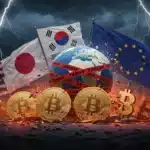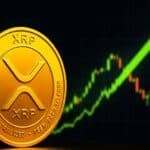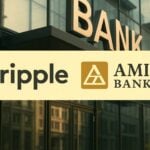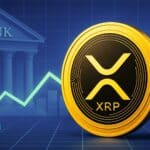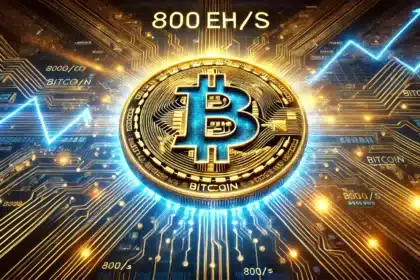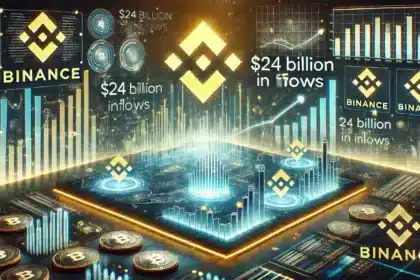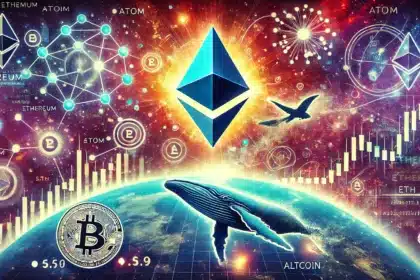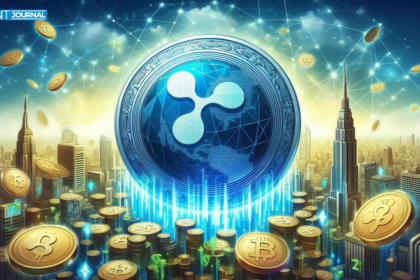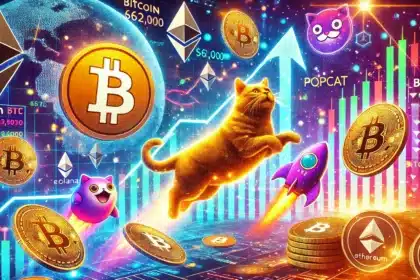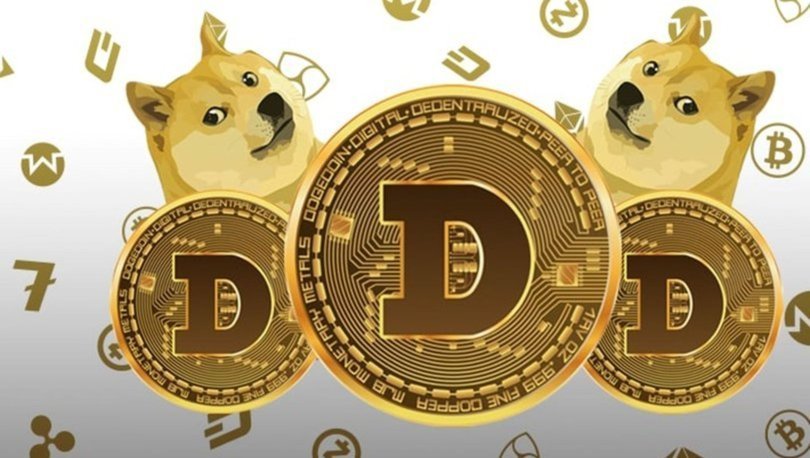The blockchain industry is standing on the edge of a financial revolution. Ripple, one of the most well-known companies in the crypto space, has made an audacious prediction that could reshape the future of global finance: the tokenization market could skyrocket to a staggering $18.9 trillion by 2033. This bold forecast is not just speculative chatter but reflects the growing shift toward tokenized assets, a trend that is already underway.
According to Ripple’s own research, the total value of tokenized assets, which includes everything from real estate to stocks and even fine art, is expected to grow from just $0.6 trillion today to $18.9 trillion in the next decade.
Tokenization refers to the process of converting real-world assets into digital tokens that can be traded, owned, and transferred via blockchain technology. This could dramatically change the way industries operate and bring a new level of liquidity to previously illiquid markets.
A Booming Market Set to Disrupt Traditional Finance
The rise of tokenization has the potential to revolutionize how assets are bought, sold, and owned. Ripple’s prediction suggests that this digital transformation is inevitable. With blockchain’s decentralized nature and smart contract capabilities, tokenized assets can be managed more efficiently than ever before. But what’s driving this monumental shift?
Ripple cites several key factors fueling the rapid growth of tokenized assets. Chief among them is the increasing regulatory clarity surrounding cryptocurrencies and blockchain technology. As governments and financial institutions around the world begin to implement clearer regulations, confidence in digital finance grows, opening the doors for institutional investment.

Ripple is positioning itself as a leader in this movement. Through its XRP Ledger and stablecoin, RLUSD, Ripple is ready to help businesses and individuals engage with tokenized assets securely and efficiently. According to Ripple’s statement, tokenization could become the bridge between traditional financial systems and emerging blockchain technologies, offering a seamless integration of both worlds.
The Ripple Effect: How XRP is Poised to Facilitate Tokenization
One of the key elements of Ripple’s strategy involves its native cryptocurrency, XRP, which is built to facilitate fast, low-cost cross-border payments. With the tokenization of real-world assets, XRP could play a crucial role in making these transactions faster and more secure.
Ripple’s stablecoin RLUSD, pegged to the U.S. dollar, also stands to provide a safe, reliable means for conducting transactions within the tokenized economy.
The potential impact of Ripple’s technology is clear. XRP’s role as a bridge currency could accelerate the adoption of tokenized assets by simplifying the exchange of value across borders. Ripple’s solution could prove essential in making tokenized markets more accessible to a global audience, especially in regions with underdeveloped financial infrastructure.
Why Tokenization is the Future of Finance
The appeal of tokenized assets goes beyond merely digitizing physical goods. By tokenizing everything from equities and bonds to real estate, investors and institutions can access a broader range of assets with less friction. These digital tokens can be traded 24/7 across global markets, unlike traditional financial systems, which often require lengthy business hours and expensive intermediaries.
One of the biggest advantages of tokenization is the reduction in barriers to entry. Traditionally, investing in high-value assets, like real estate or fine art, required large capital outlays. With tokenization, fractional ownership becomes possible, allowing more people to invest in high-value assets with lower amounts of capital. This democratization of investment could lead to an influx of new players in the market.
However, the shift to tokenized assets is not without challenges. There are still concerns over the regulatory landscape, the scalability of blockchain solutions, and potential security risks related to smart contracts and decentralized finance (DeFi) platforms. Despite these obstacles, Ripple’s strategic positioning suggests that the company is well-prepared to navigate these complexities and emerge as a leader in the tokenization space.

The Market Price of XRP: How Does it Fit into the Tokenization Boom?
Investors and analysts often closely watch Ripple’s price movements, especially given the company’s active role in developing blockchain solutions. At the time of writing, XRP’s price has shown resilience despite market fluctuations, reflecting investor confidence in the underlying technology and Ripple’s broader vision.
As tokenization becomes more mainstream, XRP could benefit from increasing demand as a bridge currency for tokenized transactions. While it is impossible to predict the exact price movements, experts believe that XRP’s utility in facilitating tokenized transactions will likely lead to increased adoption and, consequently, higher demand.
Conclusion: A Bright Future for Tokenization
Ripple’s prediction of an $18.9 trillion tokenization market by 2033 is more than just a hopeful forecast—it’s a reflection of the profound transformation underway in global finance. With its pioneering technology and strategic positioning, Ripple is set to play a critical role in this shift. The next decade promises to be a pivotal one for tokenized assets, and Ripple is at the forefront, driving the digital revolution.
As the tokenization boom accelerates, blockchain developers, financial analysts, and crypto enthusiasts alike must stay informed and agile to seize the opportunities this new paradigm offers. Whether it’s through Ripple’s XRP or other blockchain solutions, the future of finance is undoubtedly becoming more decentralized, more efficient, and more accessible than ever before.
Frequently Asked Questions (FAQs)
1. What is tokenization?
Tokenization is the process of converting real-world assets, like real estate or stocks, into digital tokens on a blockchain, enabling easier and more secure trade and ownership.
2. Why is Ripple focusing on tokenization?
Ripple aims to bridge traditional finance with blockchain technology, using its XRP Ledger and stablecoin RLUSD to facilitate the growth of the tokenized asset market.
3. How could Ripple’s XRP benefit from tokenization?
XRP could act as a bridge currency for global tokenized transactions, making it faster and more cost-effective to exchange assets across borders.
4. Is tokenization safe for investors?
While tokenization offers new opportunities, it also carries risks, particularly in terms of regulation and smart contract security. Investors should stay informed and cautious.
Glossary of Terms
Tokenization: The process of converting real-world assets into digital tokens that can be traded and managed on a blockchain.
XRP Ledger: Ripple’s decentralized blockchain is designed to enable fast, low-cost cross-border payments.
Stablecoin: A type of cryptocurrency that is pegged to a stable asset, like the U.S. dollar, to reduce price volatility.
Smart Contracts: Self-executing contracts with the terms of the agreement directly written into code, enabling automated and secure transactions.





